ETNZ AC72: Trickle UP
Left, still from a Sail-World video and report. This is really a case of upwards influence from the beachcats to the elite big cats. The Cirrus R is currently the most extreme and radical design in the F18 fleet. The Nacra 17 was MM bid for the Games and took the spot. Photos CirrusUsa & Pierrick Contin
 The Cirrus has prove to be a performer wining the Eurocat 2011 and being 2nd at Balaton. Also continues good performance from Heemskerk-Tentij and Casey-Tebo in the US.
The Cirrus has prove to be a performer wining the Eurocat 2011 and being 2nd at Balaton. Also continues good performance from Heemskerk-Tentij and Casey-Tebo in the US.
The Nacra 17 with curved boards and designed specially for the Olympic trials, although using the Infusion/F20c heritage at large, also features a somehow raised forward rocker. But didn´t show yet any marked performance edge (still much to sail/trim). I compared its rocker with the Infusion and the aft 3/4 is identical or quite similar, for ie not following the extreme negative rocker of the Cirrus R.
Pete Melvin is part of the ETNZ design team and also talks about how small cats developments are taken in account at the highest level, check Jeremy Leonard interview on the AC72 launch here https://www.sailrevolution.com/ac-news/the-big-launch
At first glance you reduce wetted surface and displacement and possible better smoother tacks. The Cirrus R has a confirmed, even by the competition, and edge downwind, but we can assign that performance mainly (in my view) to their super flat fat bottom among other features including the mentioned radical negative rocker, see below and label “Cirrus R” for more info.
Will try to get Manu Boulogne to see what they tried to achieve.
Also check comparison below with the fastest boat I’ve sailed up & downwind, the Hobie Wildcat.
I will test John Casey Cirrus R at LA for sure, but at least in the F18 different kind of design ideas have not shown yet any definitive advantage for any to be untouchable, so for now I will stick to more traditional lines for the Open Project for ie. Later I will take a look at big flat Cirrus R transom, a concept I use with added channels in 2007 for the RC16 that works quite well. Michele Petrucci from Bimare is also testing on a proto at home with some nice planning vid already.










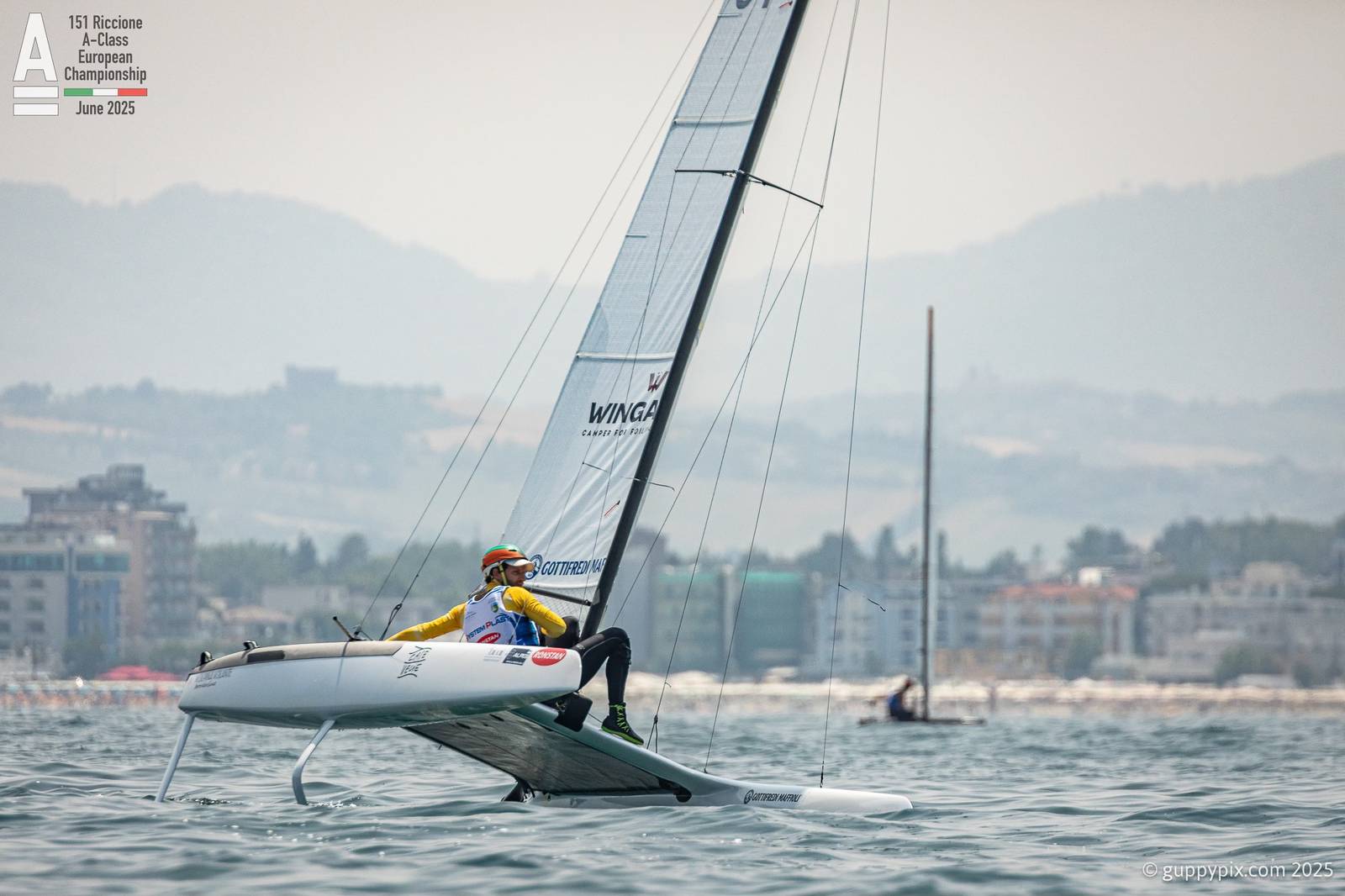

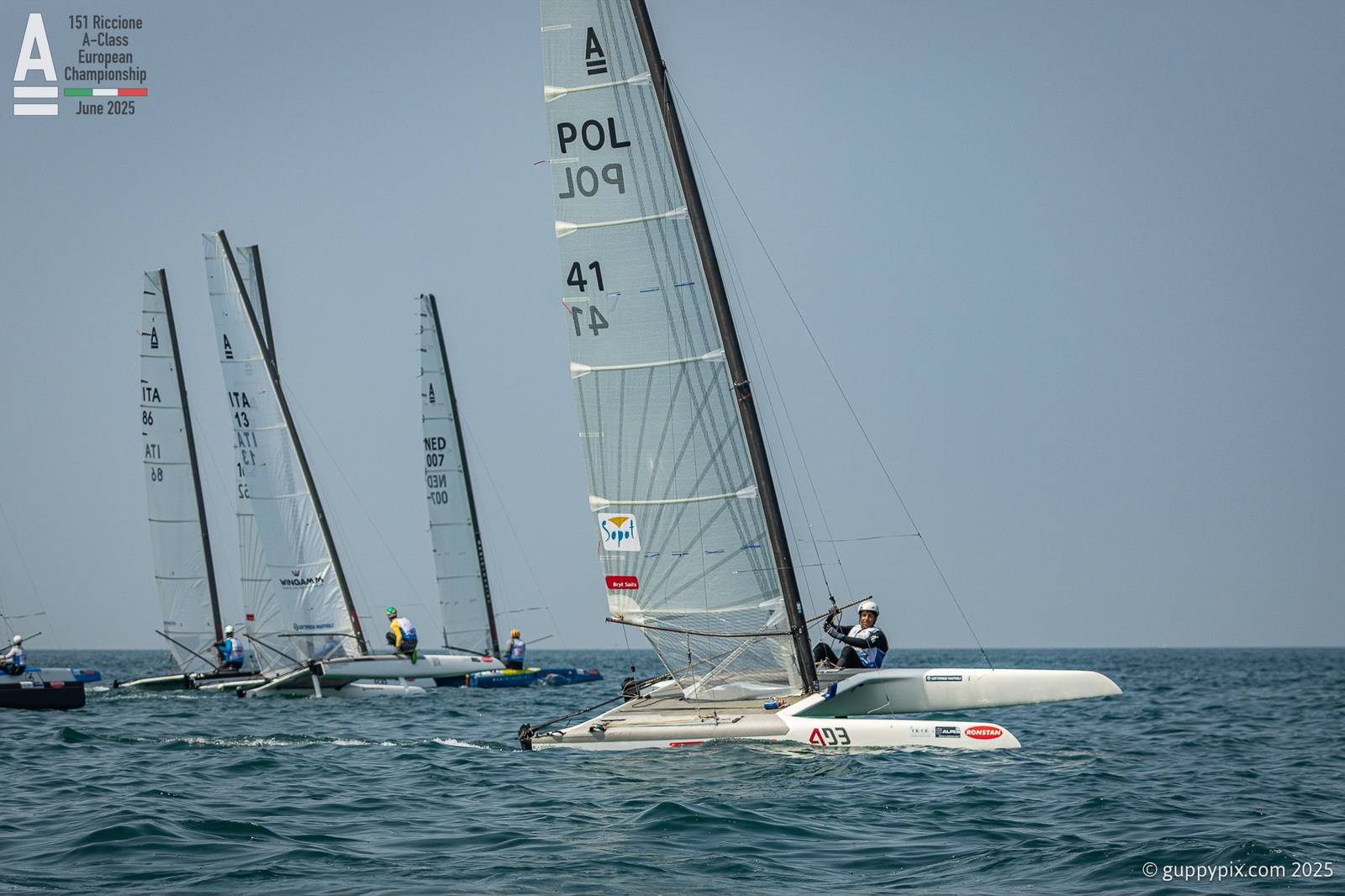
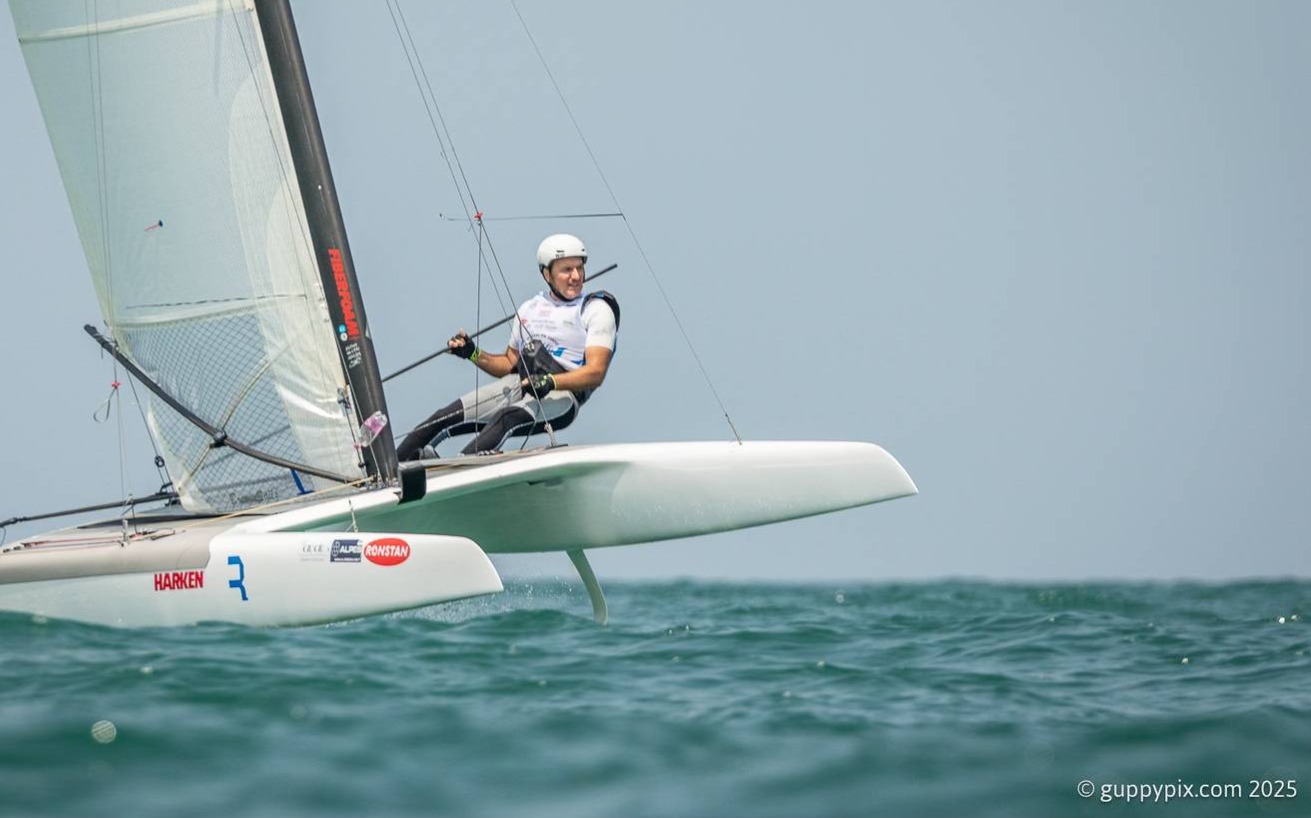
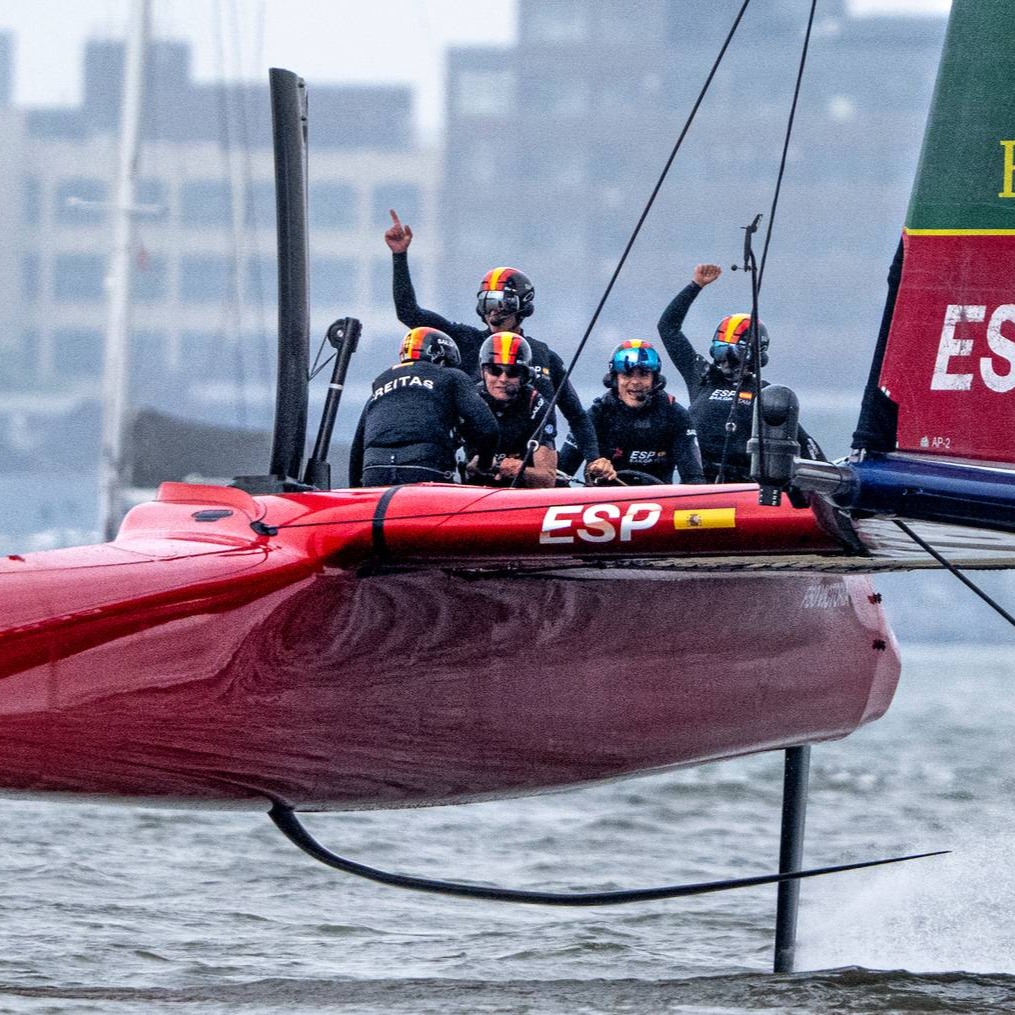
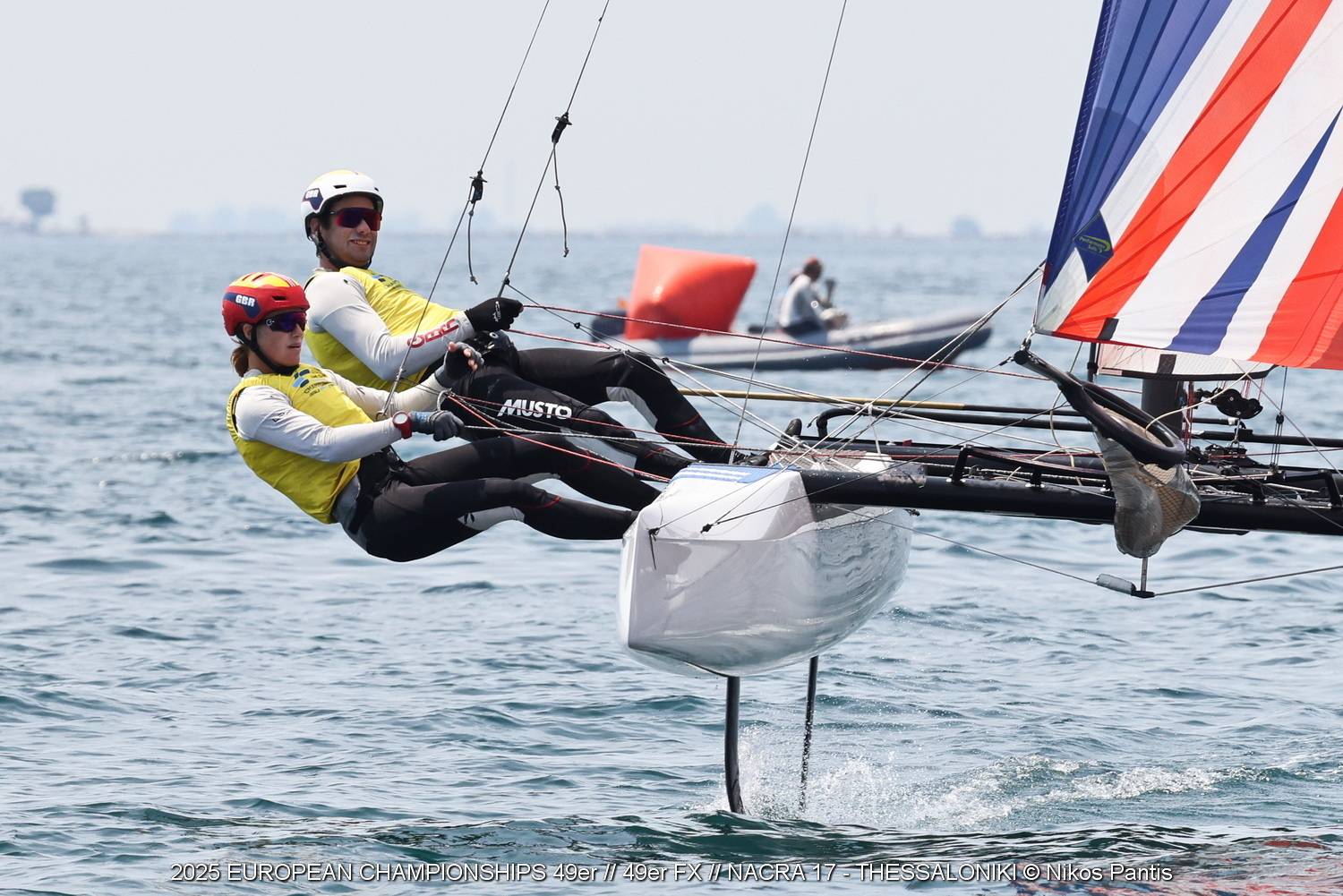
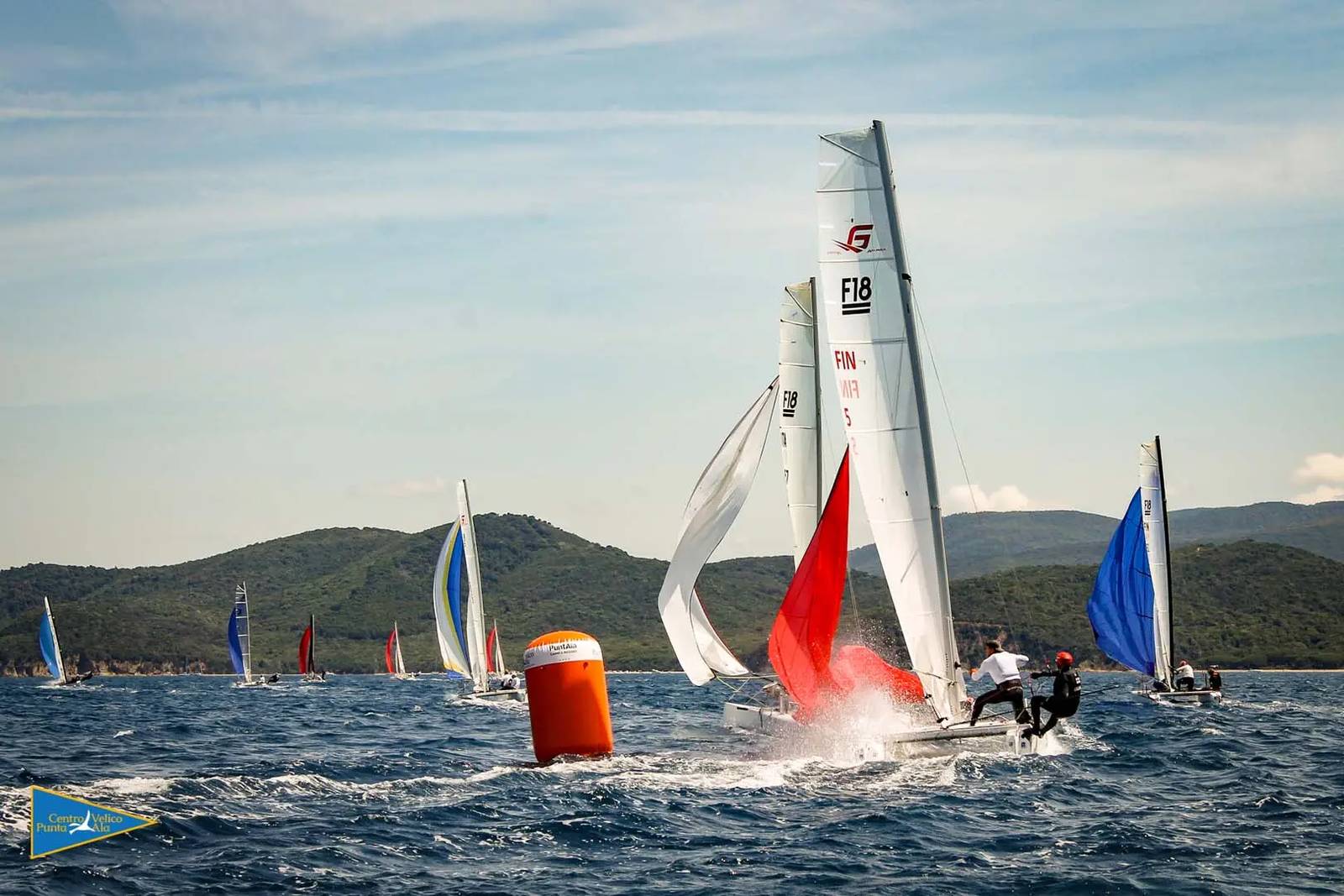
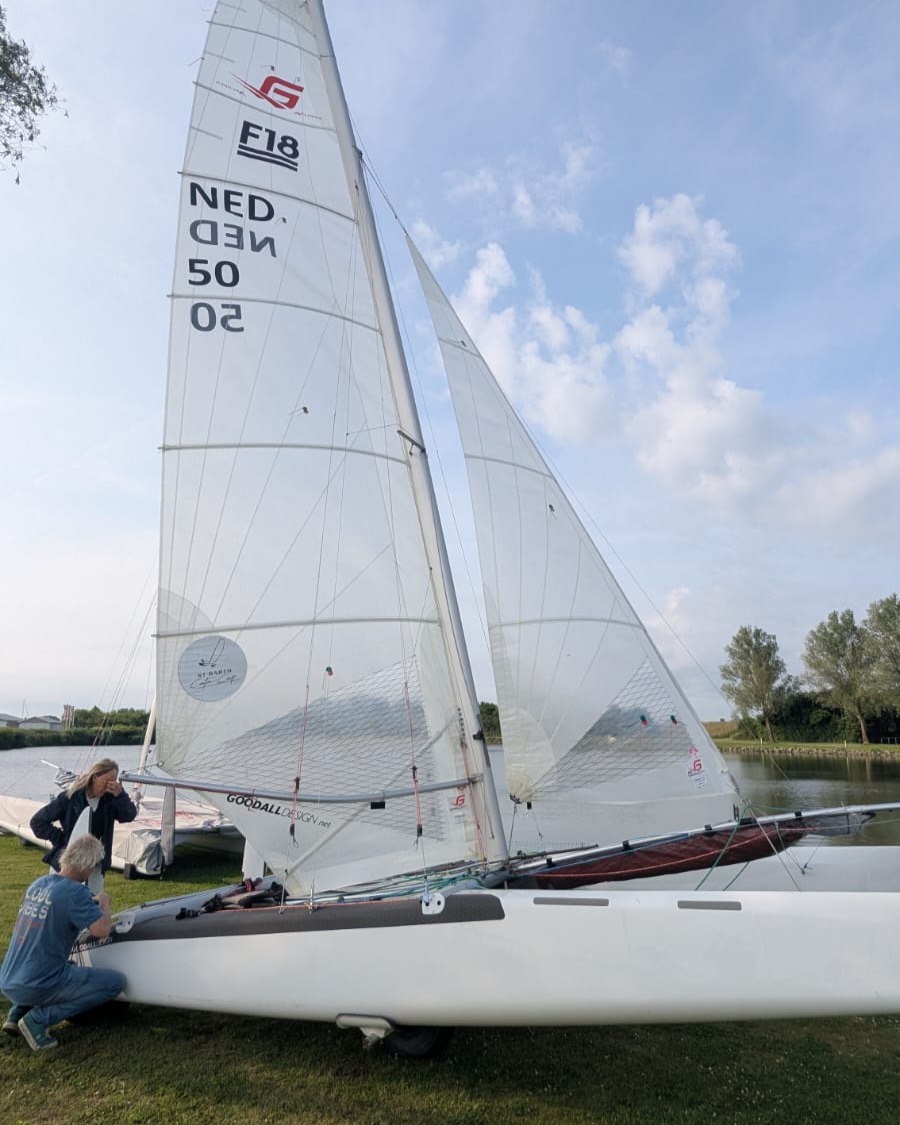
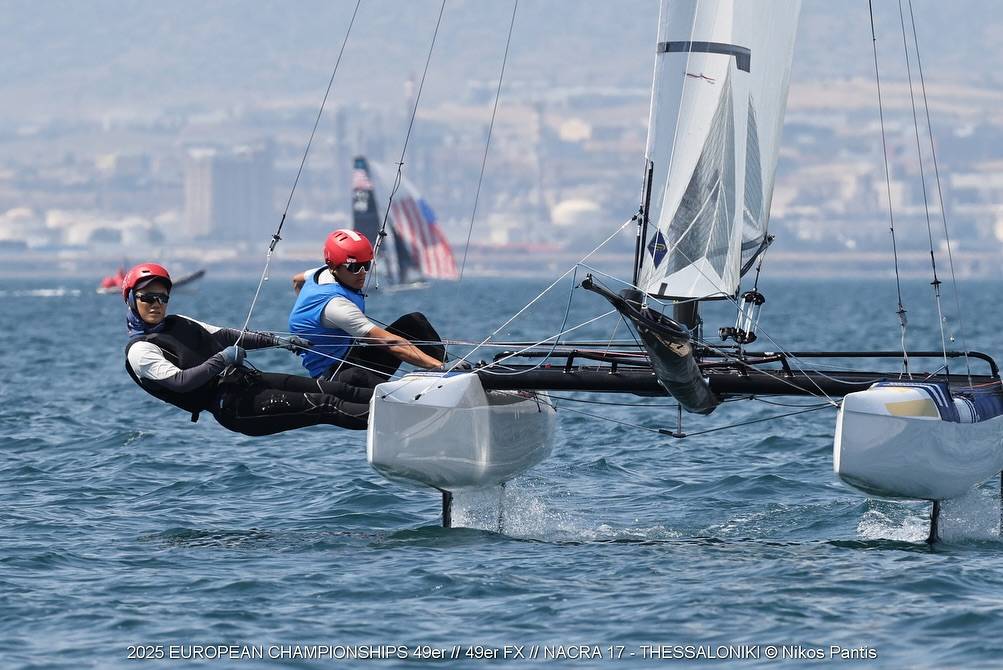



















The "negative" rocker bow as you described is called a Davidson Bow or a Spoon Bow. They have been used on AC yachts and other yachts for many years. The aim is to get the water to flow under the boat not around the boat. This removes a considerable amount of spray drag and wave making drag. Plus it gets the bow knuckle out of the water. As all sailboats have leeway, having a sharp pointed bow or sharp bow knuckle is an incorrect shape as the sharp edge produces quite a large vortice n(hence drag). The successful 747 Mini transat yacht and and some of the V70s used rounded bows this year. In the future bows will get softer and rounder as this development becomes better understood. Regards Peter Schwarzel
Thanks for the info Peter, I saw that Mini, quite radical too.
The 'negative rocker' is for the aft/stern part of the Cirrus R, a 'concave' section through the transom.
I believe the negative rocker at the stern of the Cirrus is basically doing the same thing as an interceptor. Telefonica was rumored to have one in its VO70 and some of the Open 60s have them.
The interceptor allows the boat to have more rocker for better downwind performance with the bow out but still press the bow enough upwind. I don't fully understand them but that is the theory as I have heard it.
In regards to "hollow" sterns. By re-curving the stern we can generate a bit of dynamic lift from the hull bottom if its flat. I suspect that the recurve will get bigger as time goes by. Also this corrects the water flow direction as we want it to come off the transom horizontal or downwards (for lift). Hull hollow has traditionally been controlled by various rules intended to keep hulls "fair" but there is no physical reason to keep hulls completely fair eg foils have hollows to improve there performance so why not hulls? In fact for optimum performance at a fixed speed the hull should be wavy in the inverse shape of the wave train. The AC designers have spent alot of time calculating these things then averaging several "wavy" hulls to produce the best design for the course conditions. Hulls will become more Guppy like over the next few yaers. Peter S